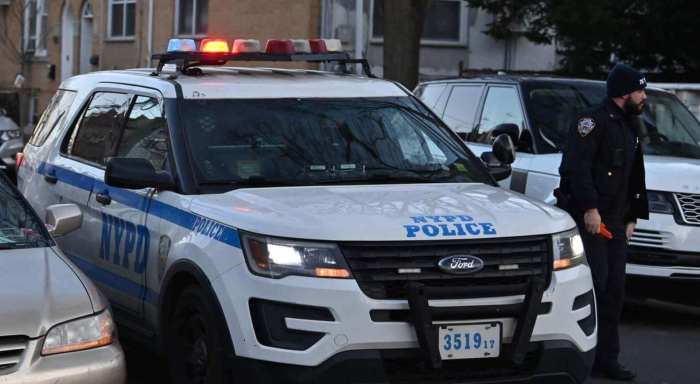This is part of our series, NYCurious, where we answer your questions about the city. Tweet or Facebook Message your queries to us at @amNewYork, with #NYCurious.
Snow may be pretty at first, but the love for it is lost once the inevitable task of digging out begins.
Whether you are a renter or a homeowner, the responsibility of clearing the snow could fall to you.
Here’s what you need to know about the snow removal laws in the city, per the Department of Sanitation:
Who is responsible for clearing the snow?
All building owners and tenants are responsible for removing snow and ice outside their building, the DSNY said.
Tenants should check with their landlords or management companies to be sure who is responsible. If the snow isn’t cleared, “the ticket’s probably going to be written to the owner at the end of the day,” said DSNY spokeswoman Belinda Mager.
How quickly does snow need to be removed?
Depending on when the snow stops, you have a certain amount of time to clear the snow. If the snow stops between 7 a.m. and 4:49 p.m., it must be cleared within four hours. If it stops between 5 p.m. and 8:59 p.m., it must be cleared within 14 hours, and if it stops between 9 p.m. and 6:59 a.m., it must be cleared by 11 a.m. the next day, according to the DSNY.
What counts as clear?
Snow must be cleared from any sidewalks in the front of, to the side of or in back of the building, and it can’t be pushed into the street, the DSNY said. It should be moved to a front yard, behind the stoop line or to the grassy curb strip if there is one.
There should be a pathway of at least 4 feet wide, if possible, and buildings on corners must have a clear path to the crosswalk.
Snow should also be cleared from around any fire hydrants near the property.
If a snow plow leaves a ridge of snow in front of your driveway, that is your responsibility to clear, the DSNY said. “We suggest driveways be cleared after street snow clearing operations are conducted and completed,” the department said.
What if no one shovels?
The DSNY can issue fines when snow isn’t removed after a storm. The fine is $100 to $150 for a first offense, $150 to $350 for a second offense and $250 to $350 for a third offense or more.
In 2017, the DSNY issued 11,500 violations for failure to remove snow or ice from the sidewalk, Mager said. So far this year, the department has issued 2,800, she said.
If you see sidewalks that aren’t clear, you can report them by calling 311.
What about the shovelers hired by the DSNY?
The department deploys snow laborers after storms to help remove snow and ice from areas like bus stops, crosswalks and fire hydrants. Eligible individuals can sign up for the program each year in October.

































